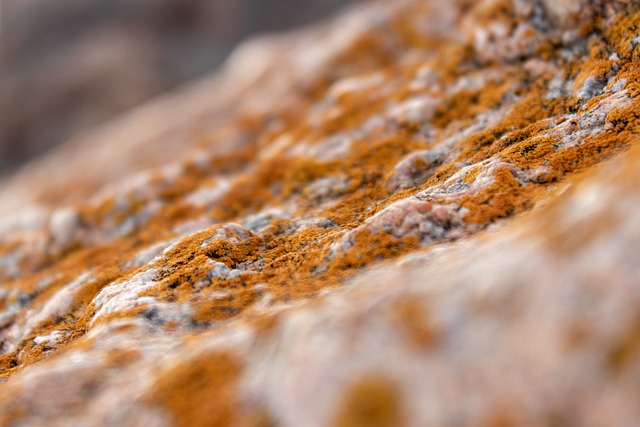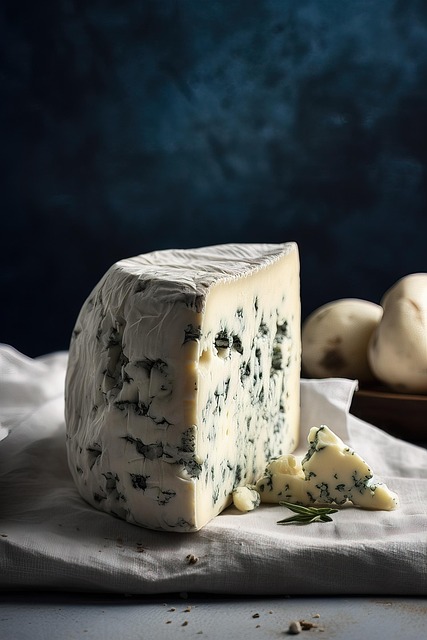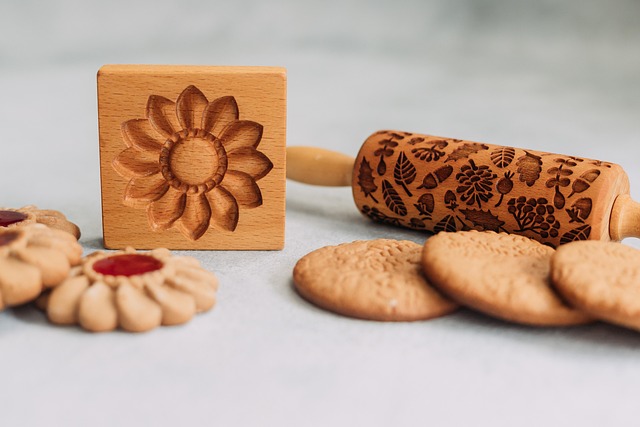Grout sealing is a crucial maintenance step for tiled surfaces, particularly in high-moisture areas like bathrooms and kitchens, preventing mold, mildew, and stains. The process involves cleaning followed by applying a sealer that bonds with grout, creating an impermeable barrier against water, oils, and dirt. Unsealed grout leads to health risks and aesthetic compromises, while eco-friendly sealants offer sustainable solutions without compromising effectiveness or aesthetics. Choosing the right sealer (e.g., silane-based for high moisture, organic for VOC awareness) ensures optimal protection and longevity of ceramic tiles and grout. Regular cleaning and inspection are essential for maintaining sealed grout's effectiveness in preventing mold and stains.
Looking to breathe new life into your tiled spaces while preserving their eco-friendly allure? Discover the power of grout sealing, a game-changer in maintaining hygiene and aesthetics. This comprehensive guide unravels the intricacies of grout sealing to prevent mold and stains, exploring common issues, the environmental benefits of eco-friendly options, and expert tips for selection and application. Enhance your home or workspace with durable, sealed grout that ensures a pristine, sustainable finish.
Understanding Grout Sealing: The Basics

Grout sealing is a crucial step in maintaining the cleanliness and aesthetics of your tiled surfaces. It involves applying a protective coating to the grout lines, which prevents mold, mildew, and stains from penetrating and settling. This is particularly important in areas like bathrooms and kitchens, where moisture and humidity are high, making them breeding grounds for harmful bacteria and fungi.
The basic process includes cleaning the grout thoroughly, then applying a sealer designed to bond with the porous grout material. These sealers create an impenetrable barrier, repelling water, oils, and stains. By sealing grout, you not only enhance the visual appeal of your tiles but also extend their lifespan, as it reduces the need for frequent replacement due to damage from mold or stains.
Common Issues with Unsealed Grout

Unsealed grout in your bathroom or kitchen can lead to a host of problems, impacting both the aesthetics and longevity of your tiles. One of the most significant issues is the growth of mold and mildew, which not only looks unsightly but also poses health risks, especially for those with respiratory conditions. Mold thrives in dark, damp environments, and grout, if left unsealed, provides the perfect breeding ground. This can result in a musty odor that permeates throughout your space.
Additionally, unsealed grout is highly susceptible to staining. Spills, splashes, and even everyday activities like cooking or showering can leave behind marks, including water stains, ink, and other hard-to-remove contaminants. These stains not only diminish the curb appeal of your tiled surfaces but also signal the degradation of the grout material itself, making it more prone to cracking and peeling over time. Grout sealing is an effective solution to prevent these issues, creating a protective barrier that shields against mold, mildew, and stains, ensuring your tiles remain looking fresh and clean for longer.
Benefits of Eco-Friendly Grout Sealing

Grout sealing is an essential step in maintaining a hygienic and visually appealing bathroom or kitchen. One of the significant advantages of opting for eco-friendly grout sealing products is their ability to prevent mold and stains from forming between tiles. This is particularly crucial in areas prone to high humidity, such as bathrooms. Traditional grout can absorb moisture, creating the perfect environment for mold growth, which not only damages the aesthetics but also poses health risks.
Eco-friendly grout sealants are designed with advanced formulas that create a protective barrier, blocking out water and preventing stains from penetrating the grout. These products are non-toxic and free from harsh chemicals, making them safer for both users and the environment. By choosing eco-friendly options, homeowners can contribute to reducing chemical pollution while enjoying long-lasting, healthy, and beautiful spaces.
Types of Eco-Friendly Sealants Available

When it comes to eco-friendly grout sealing, there are a variety of options available that not only promote sustainability but also offer effective protection against mold and stains. These sealants are typically made from natural or recycled materials, ensuring minimal environmental impact while maintaining durability. One popular choice is silicone-based sealants, known for their water resistance and ability to create a strong bond with grout. Silicone offers long-lasting protection against moisture ingress, which is key in preventing mold growth.
Another sustainable option is the use of plant-based or organic sealants derived from natural oils and resins. These products are not only biodegradable but also offer excellent stain repellency properties. They can be particularly effective for grout in high-traffic areas, as they remain flexible and resistant to chipping or cracking, thus preserving the aesthetic appeal of your space while keeping mold and stains at bay.
Choosing the Right Sealer for Your Needs

When considering grout sealing, it’s crucial to select a product that aligns with your specific requirements. Different sealers offer varying levels of protection against moisture, stains, and mold growth. For instance, silane-based sealers are highly effective in preventing water penetration and promoting long-lasting protection for ceramic tiles and grout. These are ideal for high-moisture areas like bathrooms and kitchens. On the other hand, organic or water-based sealers are great choices for eco-conscious consumers as they emit fewer volatile organic compounds (VOCs). While slightly less durable than silane options, they still provide adequate protection against common stains.
Choosing the right sealer depends on factors such as the environment where it will be applied, the type of grout and tiles used, and personal preferences for product composition. It’s recommended to read product labels and follow manufacturer instructions for optimal results. Effective grout sealing not only enhances the aesthetic appeal but also safeguards against health issues associated with mold and stains, ensuring a cleaner, safer living space.
Application Process and Tips

The application process for grout sealing is straightforward but requires attention to detail for optimal results. Begin by cleaning the grout lines thoroughly, removing any dirt, debris, or existing mold with a mixture of warm water and mild detergent. Once the grout is dry, apply an eco-friendly grout sealer using a brush or sprayer, ensuring even coverage. Allow the sealer to dry according to the manufacturer’s instructions before introducing moisture, such as during tile cleaning.
Tips for successful grout sealing include choosing a high-quality, water-based sealer designed to repel water and inhibit mold growth. Consider the type of tiles in your space—some sealers perform better on specific materials. Regular maintenance is key; reapply the sealer every few years or as recommended by the manufacturer to ensure continuous protection against mold and stains.
Maintenance and Longevity of Sealed Grout

The maintenance of sealed grout is relatively straightforward, involving regular cleaning with a mild detergent and a damp cloth. This simple routine helps to prevent the buildup of dirt, grime, and moisture, which can lead to mold and mildew growth. Regular inspection is also crucial to identify any signs of damage or wear early on, ensuring prompt repair or reapplication of the sealant.
By maintaining sealed grout, you not only preserve the aesthetic appeal of your tiles but also extend their lifespan. Sealing acts as a protective barrier against stains and moisture, preventing them from penetrating the grout lines. This is especially important in areas prone to high humidity, such as bathrooms and kitchens, where grout sealing can significantly delay the need for costly repairs or replacements due to water damage and mold growth.
